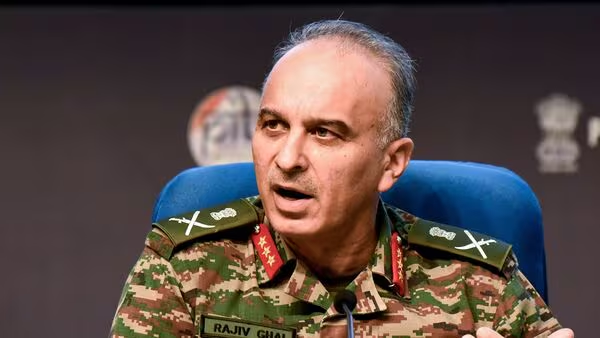In what many are calling a rare diplomatic thaw, India and Pakistan have agreed to uphold a mutual ceasefire, with senior military officials from both nations affirming that not a single bullet will be fired along the Line of Control (LoC) going forward. This significant decision came after the first round of high-level talks between the Directors General of Military Operations (DGMOs) of both countries.
The announcement, which was met with cautious optimism across the subcontinent, brings a ray of hope to regions long shadowed by conflict.
A Welcome Step Toward Peace
In a joint statement issued by both DGMOs, it was confirmed that:
“Both sides agree to strictly observe all agreements, understandings, and ceasefire along the Line of Control and all other sectors. This decision is effective immediately.”
This mutual understanding signals the willingness of both militaries to reduce hostilities and prevent the loss of lives — particularly of civilians living in border areas who often find themselves caught in the crossfire.
What Triggered the Talks?
The discussions were initiated after months of sporadic skirmishes and civilian casualties that intensified diplomatic tensions. Back-channel diplomacy and pressure from international stakeholders are believed to have played a part in bringing both nations to the negotiating table.
While the India-Pakistan ceasefire agreement of 2003 has long existed, violations over the years eroded trust. This latest dialogue aims to revive that spirit of peace and give both nations — and their citizens — a chance to breathe.
What Officials Are Saying
A senior Indian Army official, speaking on condition of anonymity, said:
“This isn’t just a symbolic handshake. It’s a recommitment to protect innocent lives and maintain regional stability. We are hopeful that this will hold.”
On the Pakistani side, a military spokesperson echoed similar sentiments:
“Peace along the LoC is in the interest of both nations. We are committed to ensuring this agreement is respected.”
Voices from the Border
The real relief, however, is being felt by families living near the LoC in Jammu & Kashmir. For decades, their lives have been interrupted by unpredictable shelling and gunfire.
Farzana Begum, a school teacher in Poonch district, expressed cautious hope:
“We’ve heard promises like this before, but we still hope this time it’s real. Maybe our children can sleep peacefully now.”
Why This Matters Beyond Borders
This ceasefire is not just a military maneuver — it’s a strategic shift. With both countries facing internal challenges, from economic concerns to political transitions, peace along the border allows them to refocus on development and diplomacy.
It also sends a strong message to the international community: that South Asia’s two nuclear-armed neighbors can engage in meaningful conversation, even if trust has been historically fragile.
Challenges Ahead
While this agreement is a step forward, analysts warn that maintaining the ceasefire will require constant communication, verification, and political will. Any misunderstanding or local flare-up could risk unraveling the progress made.
Still, this decision lays the foundation for broader confidence-building measures, potentially paving the way for dialogue on other complex issues like trade, visas, and even Kashmir.
Conclusion: A Pause, Not Yet Peace
The decision by India and Pakistan’s DGMOs to halt cross-border firing offers a rare pause in a relationship marked by volatility. It may not be peace just yet, but it’s a much-needed moment of quiet — a chance for both sides to reflect, rebuild trust, and perhaps imagine a different future.
Also read:
BJP described Operation Sindoor as 100 percent successful, Nadda made a strategy to send messages across the country

